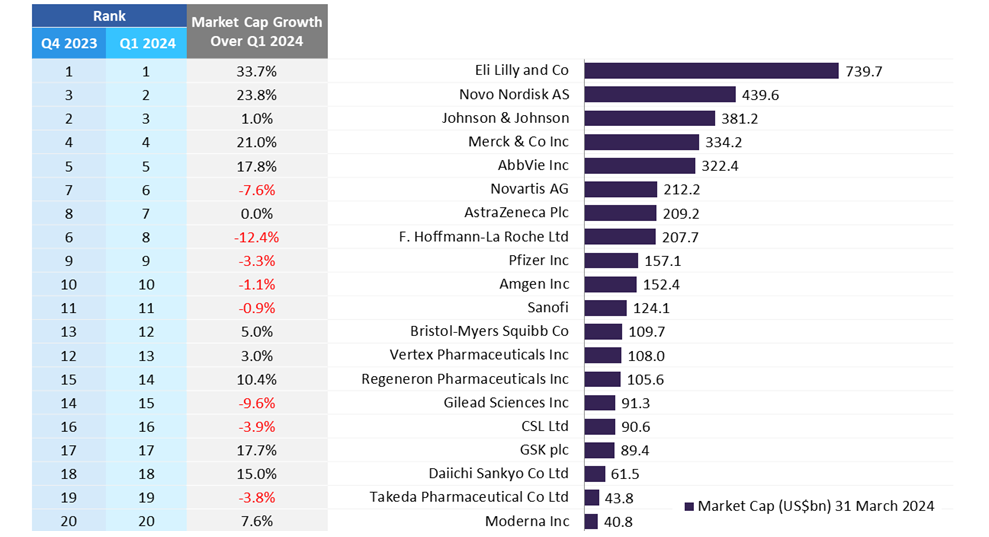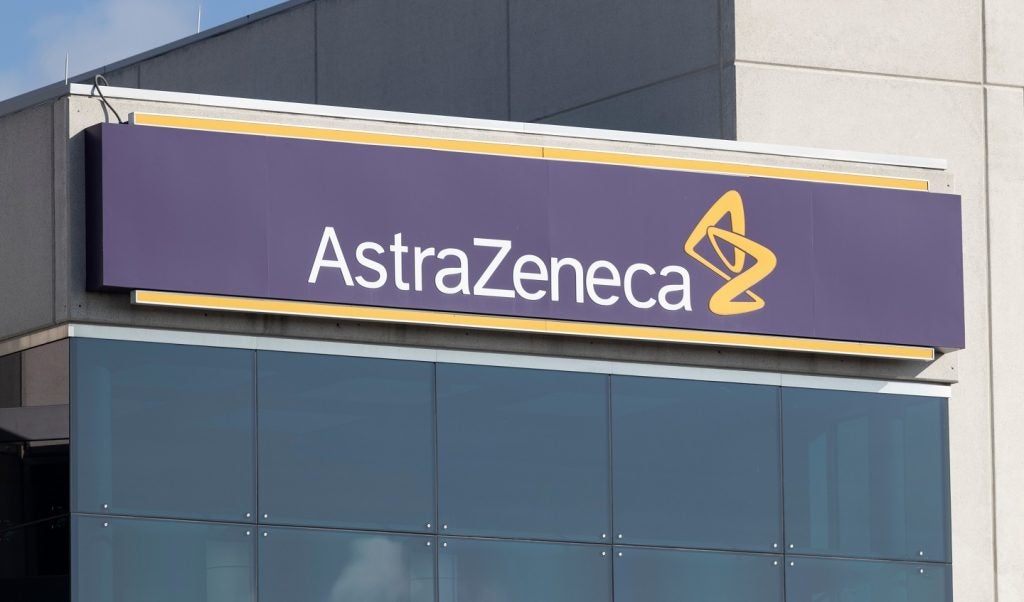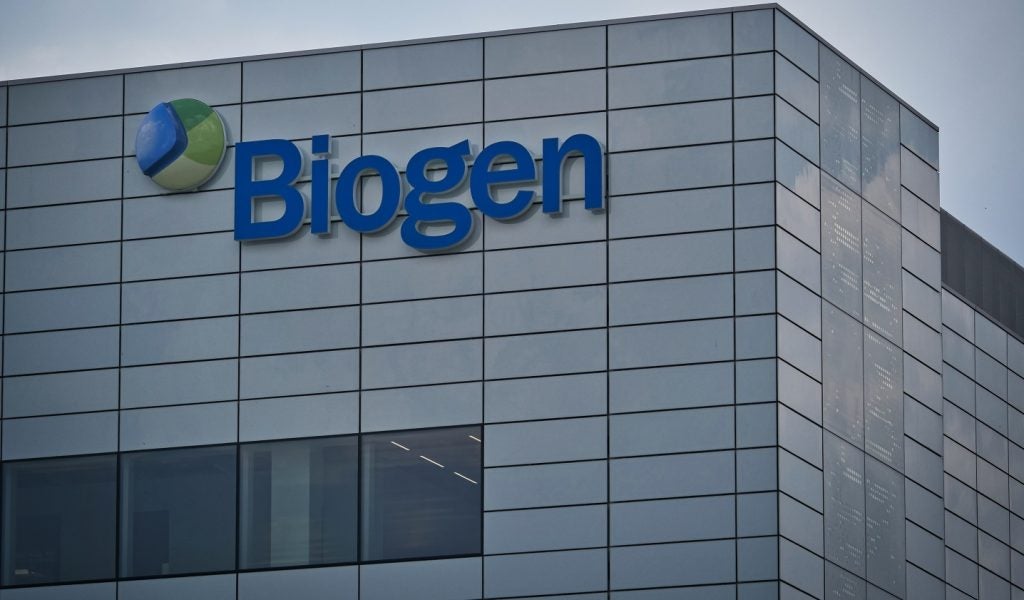
On 7 March, at the AD/PD 2024 International Conference on Alzheimer’s and Parkinson’s Diseases, during a symposium sponsored by TauRx, the company presented new 24-month data from its Phase III LUCIDITY (NCT03446001) trial of hydromethylthionine mesylate (HMTM) for the treatment of mild cognitive impairment (MCI) and mild-to-moderate Alzheimer’s disease (AD). HMTM is an oral small molecule that inhibits tau aggregation and has a secondary symptomatic effect of increasing levels of acetylcholine in the hippocampus.
It is impossible for TauRx to run a placebo-controlled trial in which the participants remain blind to their treatment arm due to the properties of the drug, which causes urinary discoloration, and as such, the LUCIDITY results are not placebo-controlled. For a control arm, methylthionium chloride (MTC), a compound that can safely achieve comparable urine coloration, was administered at the lowest possible dose where colouration still occurred. However, in line with previously reported 12-month data, the 24-month data showed no significant difference between HMTM-treated patients and MTC-treated patients at the primary endpoints of change from baseline on Alzheimer’s Disease Assessment Scale–Cognitive Subscale (ADAS-cog11) score and change from baseline on Alzheimer’s Disease Cooperative Study–Activities of Daily Living (ADCS-ADL23) score. Based on the 12-month data and other earlier mixed trial results, key opinion leaders (KOLs) previously interviewed by GlobalData were generally less optimistic for the prospects of HMTM due to the challenges for it to demonstrate significant clinical efficacy in a clinical trial.
Key data demonstrated that in the subpopulation of patients with MCI, patients who had received 16mg/day HMTM throughout the whole trial period showed significant improvements in ADAS-cog13 score at 18 and 24 months, compared with the control group, who received MTC for the first 12 months followed by 16mg/day HMTM for the 12-month extension period, where these results were not seen. TauRx suggested the reason for the control group results was likely due to the progression of the disease in the initial 12 months when HMTM was not administered, highlighting the need for early intervention to slow disease progression. Importantly, in terms of a meaningful clinical benefit for patients, new 12-month data was also announced during the symposium. In the MCI subpopulation, treatment with HMTM resulted in a 48% reduction in progression from MCI to Alzheimer’s compared to MTC control at 12 months.
Due to the lack of a placebo, subjects from the LUCIDITY trial have been compared with historical matched individuals with MCI or Alzheimer’s from the Alzheimer’s Disease Neuroimaging Initiative (ADNI). The ADNI is a multicenter study of normal cognitive aging, MCI, and early Alzheimer’s disease, which is a publicly available resource. In this analysis, for subjects closely matched on age, sex, smoking history, education, ApoE genotype, non-use of acetylcholinesterase inhibitors, and Mini-Mental State Examination (MMSE) score, there was a significant reduction in cognitive decline, measured using ADAS-cog11, in patients treated with HMTM compared to matched individuals at 24 months. Similar results were also seen at 18 months when comparing meta-analytic controls from over 50 trials in over 6,000 patients to HMTM-treated patients in the LUCIDITY trial.
As part of the symposium, the benign safety profile of HMTM was highlighted, with 95% of participants who completed the initial 12-month study opting to continue for the 12-month open-label extension, showing high willingness among patients to continue taking the drug. This is particularly significant when compared to the currently available disease-modifying therapies for MCI and mild Alzheimer’s disease, the anti-amyloid beta (Aβ) monoclonal antibody (mAb) drug class, which is associated with the development of amyloid-related imaging abnormalities (ARIAs), the incidence of which requires close patient monitoring.
See Also:
KOLs interviewed previously by GlobalData agreed that wider availability and access to disease-modifying therapies for Alzheimer’s was the most important unmet need in the space, with the risk of ARIA in the Aβ mAbs drug class highlighted as an important barrier to meeting this need for people who are at higher risk of ARIA or are ApoE4 carriers. Given its benign safety profile, HMTM would not face this type of barrier in terms of patient exclusion due to safety concerns. Additionally, as an oral therapeutic, HMTM could easily be incorporated into current standard clinical care pathways, making it an attractive treatment option.
How well do you really know your competitors?
Access the most comprehensive Company Profiles on the market, powered by GlobalData. Save hours of research. Gain competitive edge.

Thank you!
Your download email will arrive shortly
Not ready to buy yet? Download a free sample
We are confident about the unique quality of our Company Profiles. However, we want you to make the most beneficial decision for your business, so we offer a free sample that you can download by submitting the below form
By GlobalDataDuring the symposium TauRx announced that it has initiated regulatory engagement discussions in both the UK and the US, meaning that HMTM has the potential to become the first disease-modifying therapy approved that targets tau, as well as the first orally available disease-modifying therapy. GlobalData’s drugs database shows that currently there are only three other oral tau specific-targeting drugs in clinical development for AD: reMYND’s ReS-19T, Lilly’s ACI-3024, and Oligomerix’s OLX-07010. Additionally, Annovis Bio is developing buntanetap, which targets tau protein as well as amyloid precursor protein and alpha-synuclein, for Alzheimer’s. However, it remains to be seen if regulators will require further data for the approval of HMTM given the lack of a placebo comparator and the lack of meaningful primary endpoint data at both 12 months and 24 months.








